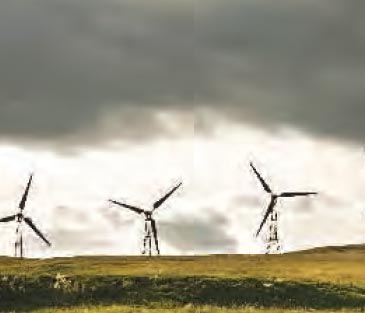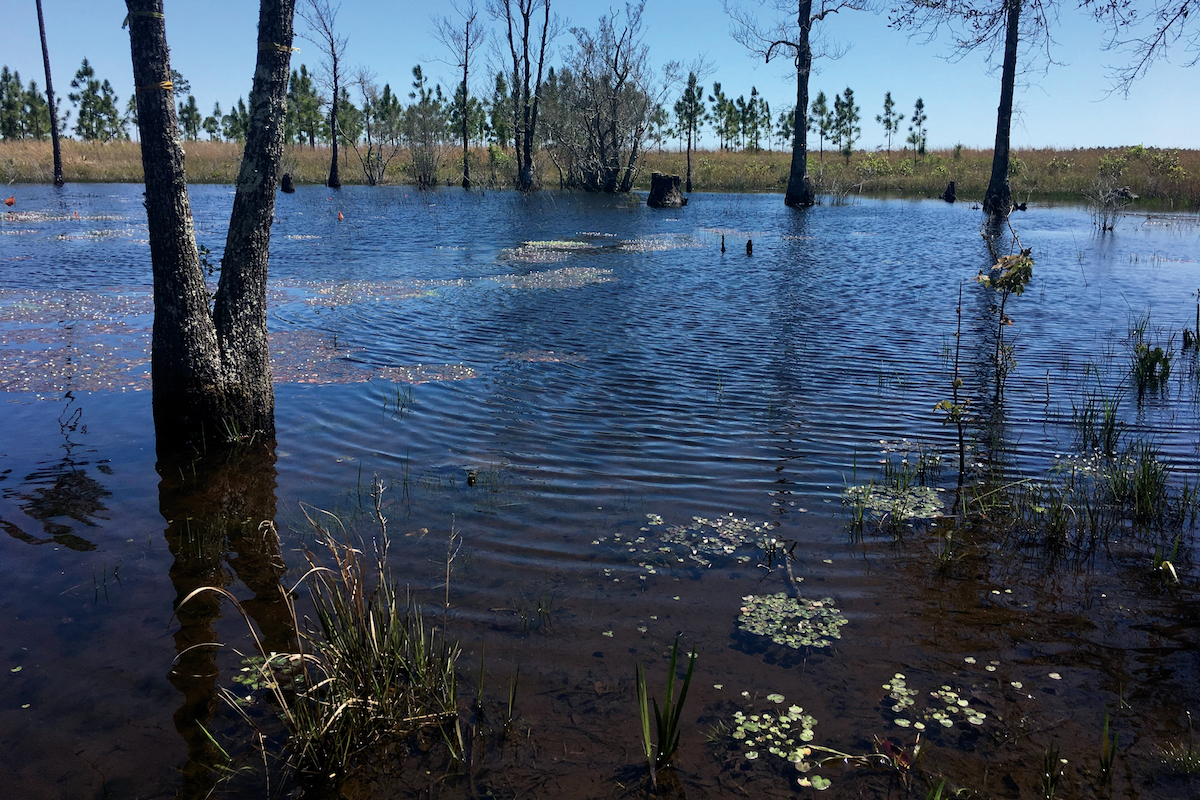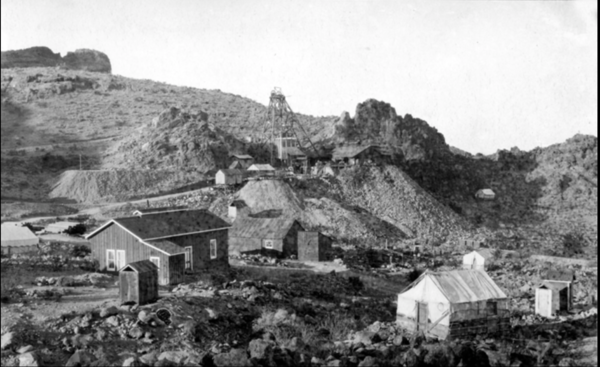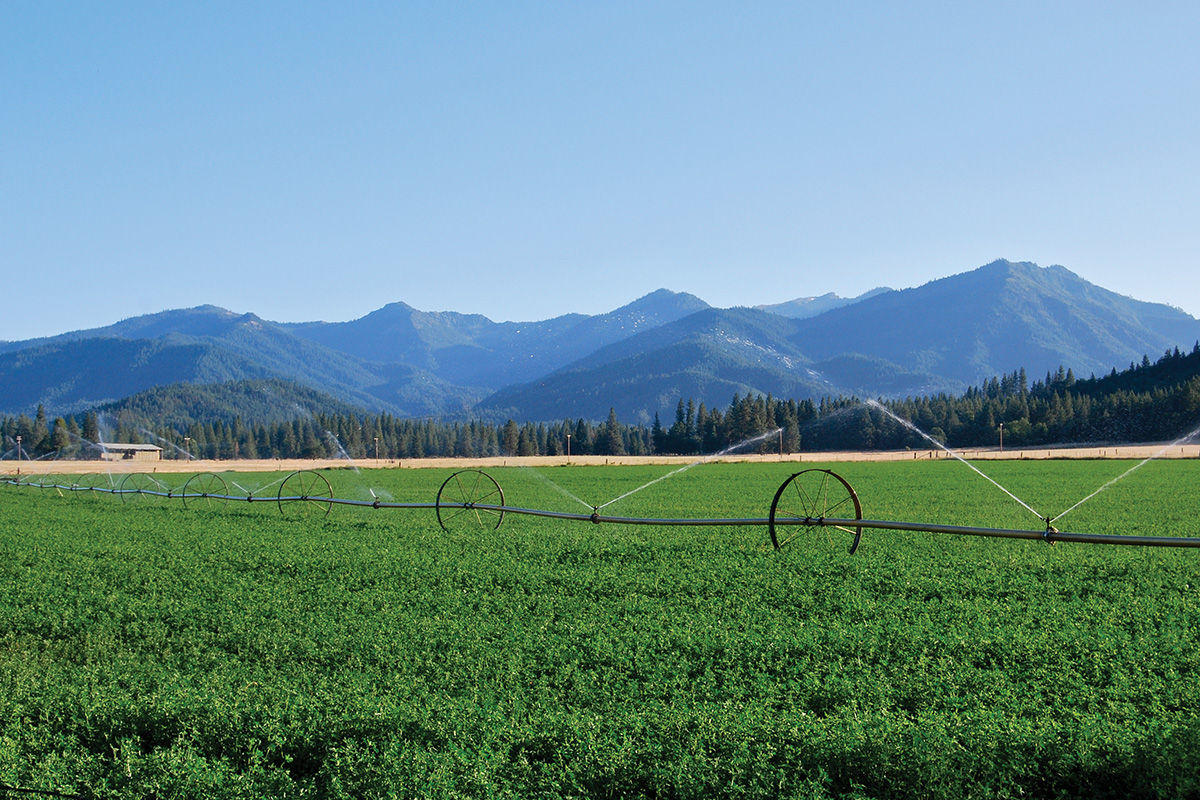Mark Sagoff’s piece, ‘The Catskills Parable,’ (June 2005) recounted the decision of New York City to invest in land management and infrastructure changes in the Catskills and Delaware watersheds rather than build a water treatment plant. Sagoff makes a number of factual corrections that improve the accuracy of the Catskills story (e.g., more funds haveContinue reading “What Paying for Ecosystem Services Means”
Author Archives: admin
A Letter to the Editor
From Jim Salzman, Professor of Law, Nicholas Institute, Professor of Environmental Policy, Duke University
Capturing the Wealth of Nature
To economists and policy makers, the term “New West” describes a region that is experiencing increasing demand for amenities from natural resources—demand for more open space, scenic beauty, and relatively untouched landscapes.1 The “Old West,” in contrast, was based on demand for commodities such as timber, agriculture, and minerals. The Old West is illustratedContinue reading “Capturing the Wealth of Nature”
Quantifying the Wealth of Nature
To many, the terms ecosystem services and ecosystem valuation sound obscure and complex. But for a growing number of economists, government officials, and financiers, quantifying the benefits of clear-running streams, standing forests, and other natural processes is an idea whose time has come. The Economist (2005) recently devoted a cover story to the challenges ofContinue reading “Quantifying the Wealth of Nature”
Distorting the Wealth of Nature
By Thomas Tanton There are too many forms of subsidies and favoritism to determine accurately which energy sources get the best treatment. But those who argue that their technology should receive more in order to compensate for another technology’s subsidies are being disingenuous. When Congress debates energy policy every few years, long-simmering battles over subsidiesContinue reading “Distorting the Wealth of Nature”
Marketing the Wealth of Nature
The kayak slides quietly through the tannic waters of a creek flowing into Western Lake, a rare freshwater coastal dune lake along the shores of the Gulf of Mexico. Up ahead, perched on a cypress snag, a blue heron plays the role of lonely sentinel guarding this piece of wild Florida. As I passContinue reading “Marketing the Wealth of Nature”
Betting on the Wealth of Nature
Simon’s claims can now be put to the test for the entire twentieth century. Despite ups and downs in prices over the course of the past century, a wager in 1900 would have been won in 1999 by the person who predicted a decrease in natural resource prices. (Prices are adjusted for inflation using 1998Continue reading “Betting on the Wealth of Nature”
Old Becomes New Again
The latest trend in furniture appears to be environmentally sound, remarkably inventive, and priced considerably higher than the wares at Pier 1. Coat racks made from steel rebar, light fixtures from wooden pallets, and headboards from rusty garden gates are all the rage. This reclaimed-object furniture was once the decor of necessity for struggling collegeContinue reading “Old Becomes New Again”
Soot-Free in Montana
Libby, Montana, a town of about 8,000 residents located in the northwest corner of this giant state, is probably best known for its health problems related to asbestos. But its troubles don’t end there. In this remote and economically depressed area, residents often rely on wood stoves for heat. The result is air pollution thatContinue reading “Soot-Free in Montana”
Superb Wines from Green Acres
In years past, the most prestigious wineries in Napa Valley, Calif., were the most pristine. Not a weed to be seen, just a perfect monoculture—row upon row of meticulously tended grape vines. Today, one of Napa Valley’s premier wineries, Shafer Vineyards, is boasting a new look. Its appearance is trashy, chaotic, and unkempt. Growing amongContinue reading “Superb Wines from Green Acres”








